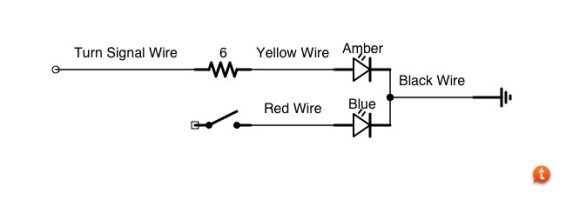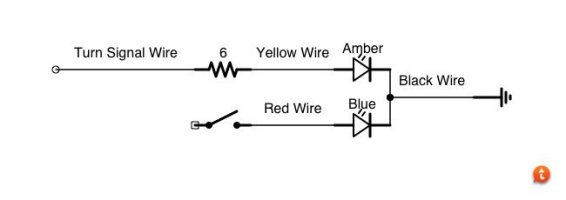With regards to this thread, there are many misleading statements being made which is causing more confusion than understanding. Resistors, by themselves, reduce current, not voltage.
Picture it this way, when you're watering a plant with a garden hose, you pull the trigger slightly, reducing the amount of resistance in the nozzle to allow water to exit. The more you pull the handle, the less resistance there is on the water, and the more water pressure exits. No resistance allows for maximum current.
When a resistor is connected in series, the current is reduced. If you're looking to lower voltage, then you need to create a voltage divider using two resistors. Just Google that term and you'll find plenty of diagrams and formulas.
In your setup, you've installed a pull down resistor. With such a low Ohm rating, you are more than likely shunting power away from the Cannon. Also, you have not taken into consideration how the Cannon works or the circuitry in the driver. What are the ratings of the voltage regulator or the LED drivers? What is the BCM doing when it senses your resistor setup? What wattage resistor are you using?
With respect to your setup, you're trying to understand why the lights are behaving in this manner and can't derive a logical conclusion based on what SHOULD be happening. The problem is that you are not connected to a constant DC source where these rules apply. You are connected to the vehicle's BCM, where you have no idea what has been programmed to occur when the factory presets are changed. Everyone is throwing out suggestions based on power coming from an electronic flasher.
These vehicles are getting more and more complicated. It's getting harder to "fool" the BCM because the BCM is being programmed to react differently to changing conditions.
Have you taken into consideration as to where the ground is going from the 3157? Does it go back into to the BCM for it's voltage reference signaling a bulb out (or something similar) condition? Without knowing the circuit you are modifying, don't expect typical results. Hopefully this will help ease some of your frustrations of not understanding why you're not seeing typical results.
Tony



